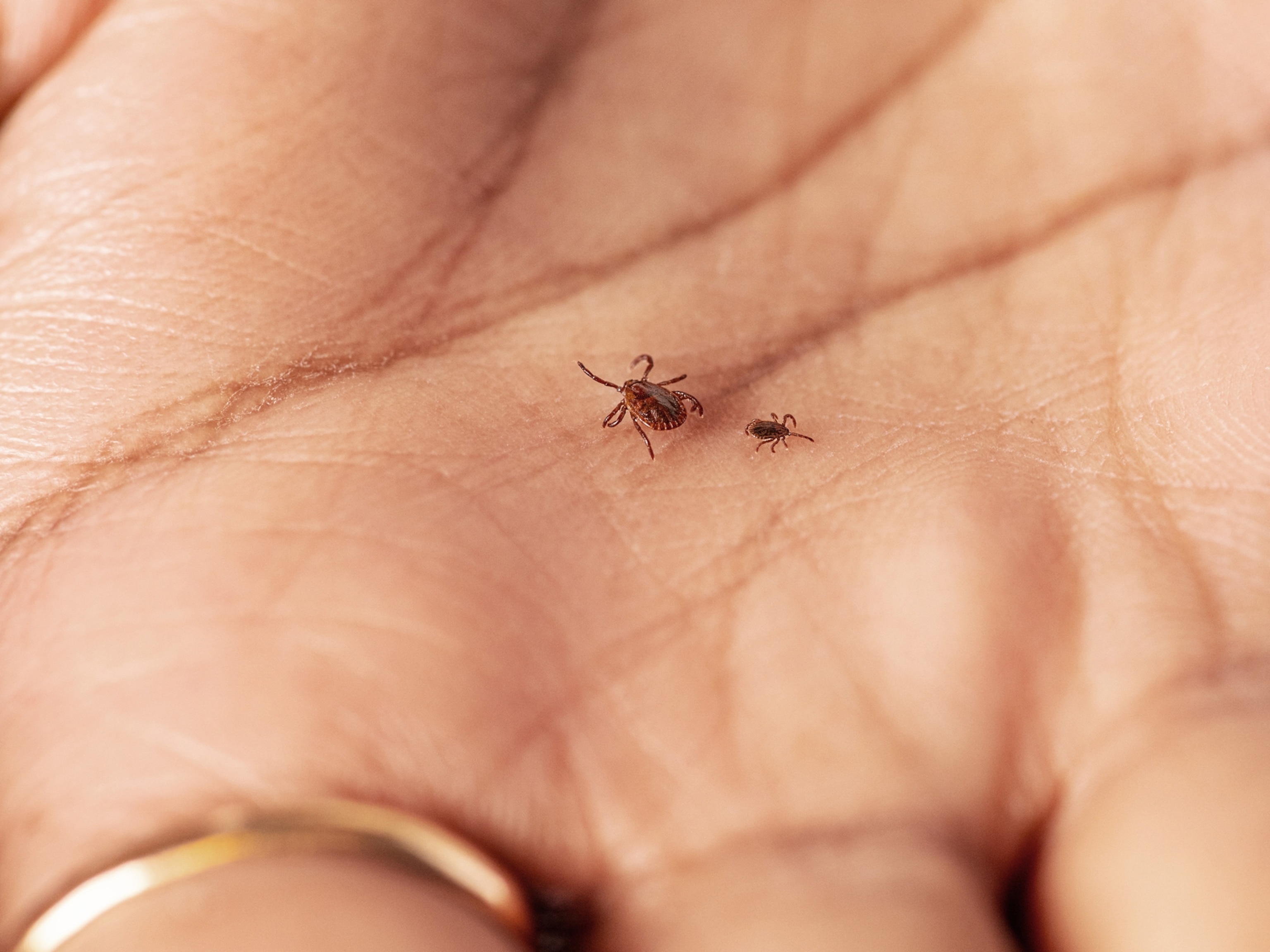
Superbugs, Meet Your Worst Nightmare: This Pepper Tree
Scientists believe an ancient South American remedy may battle infections that other antibiotics cannot.
The Brazilian pepper tree, an invasive plant in the southern United States, is showing great potential in the fight against antibiotic-resistant bacterial infections. A team of scientists studied historical accounts of its use in traditional South American medicine from as early as 1648. Focusing their experiments on its fruits, which reportedly were used to treat wounds, they then produced an extract that’s able to disarm a virulent type of Staphylococcus bacterium.
Modern antibiotics are designed to kill bacteria. But some bacterial cells survive and pass on their resistance to their offspring, making it increasingly difficult for physicians to fight tenacious infections that threaten their patients’ lives. The Brazilian pepper tree extract deploys an unconventional tactic against infections. It prevents bacterial cells from communicating, which keeps them from ganging up to create tissue-destroying toxins. That, in turn, gives the body’s immune system a chance to mount its own defense against the bacteria. “This is a completely different zigzag approach to going after these really bad bugs,” says Cassandra Quave, an ethnobotanist at Emory University. “It’s a whole new way of thinking about how to address infections.”
Quave’s goal is to move such discoveries into mainstream medicine. She now plans to incorporate the extract into a topical cream that could be used—after clinical trials—to combat chronic wounds, eczema rashes involving staph bacteria, and other skin ailments. She and her team are also investigating other parts of the pepper tree that folk healers have used to treat an array of ills, including rheumatic pains, fevers, burns, nail infections, and diarrhea.





